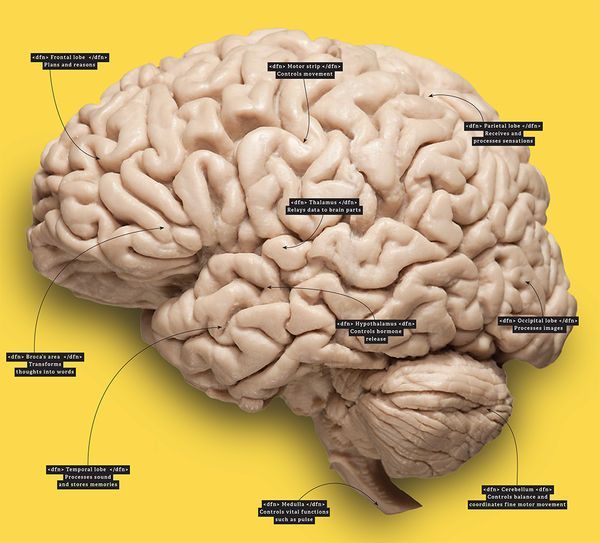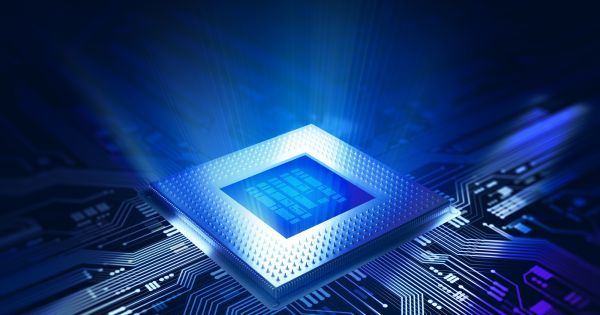Microsoft, Facebook, and the telecoms infrastructure company Telxius have announced the completion of the highest capacity subsea cable to ever cross the Atlantic Ocean. The cable is capable of transmitting 160 terabits of data per second, the equivalent of streaming 71 million HD videos at the same time, and 16 million times faster than an average home internet connection, Microsoft claims. The cable will be operational by early 2018.
Called Marea, which is Spanish for “tide,” the 4,000 mile long subsea cable lies 17,000 feet below the ocean surface and extends between Virginia Beach, Virginia and the city of Bilbao in Spain. Marea also stretches a route south of most existing transatlantic cables. Because of this, Microsoft says the cable will provide resiliency for those living in the US and Europe by safeguarding against natural disasters or other major events that might cause disruptions to connections like those seen during Hurricane Sandy. More importantly to Microsoft and Facebook: both companies have large data center operations in Virginia.
“Marea comes at a critical time,” said Brad Smith, president of Microsoft. “Submarine cables in the Atlantic already carry 55 percent more data than trans-Pacific routes and 40 percent more data than between the US and Latin America. There is no question that the demand for data flows across the Atlantic will continue to increase.” For most of the route, the cable — made up of eight pairs of fiber optic cables enclosed by copper — lays on the ocean floor. Some parts are buried to protect from shipping traffic, usually in areas closer to the shore.





